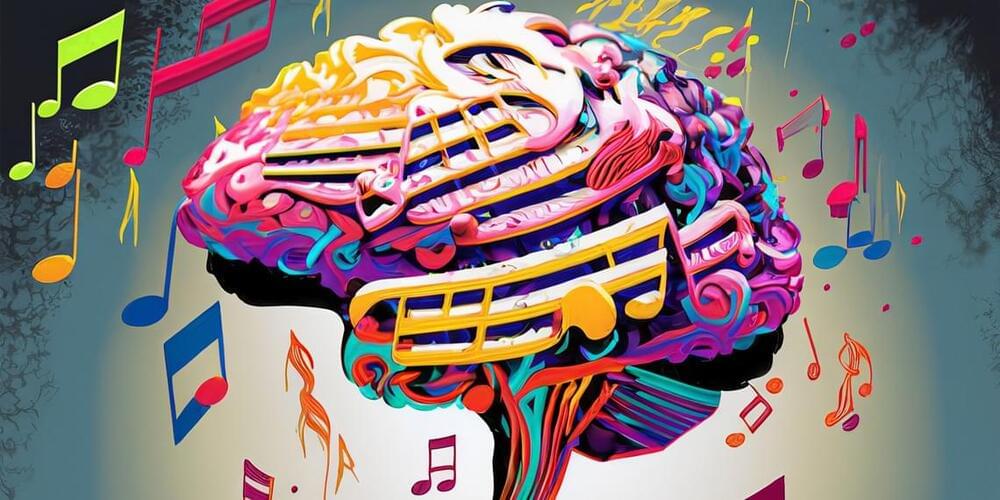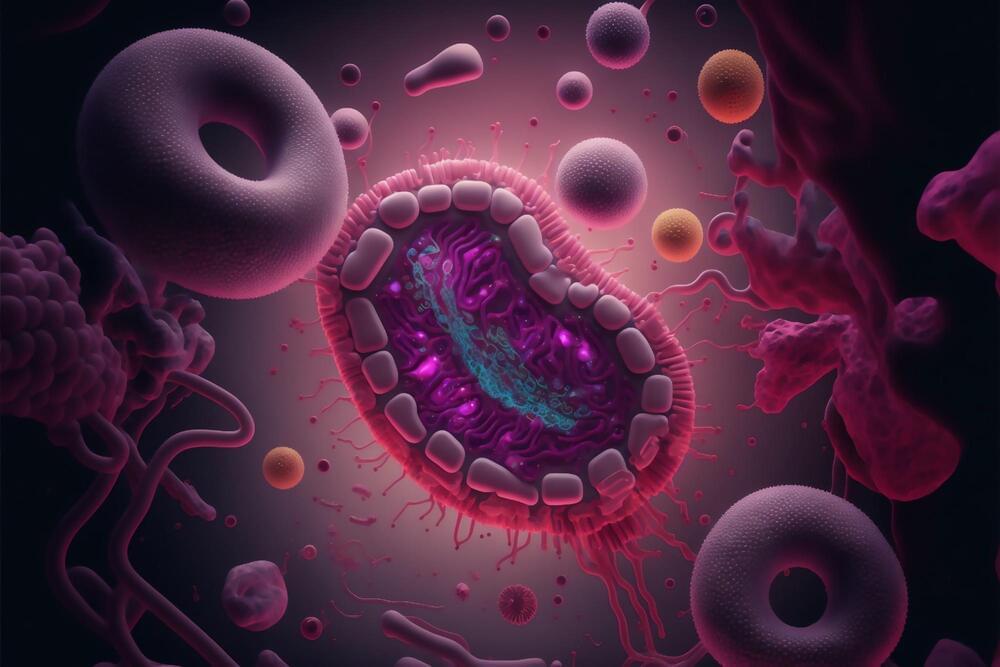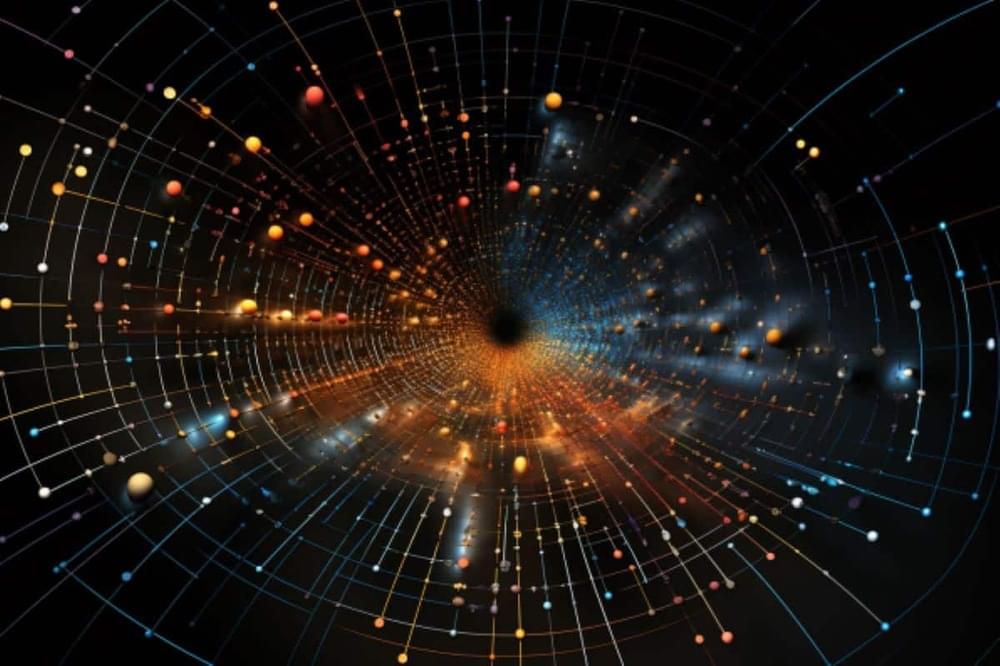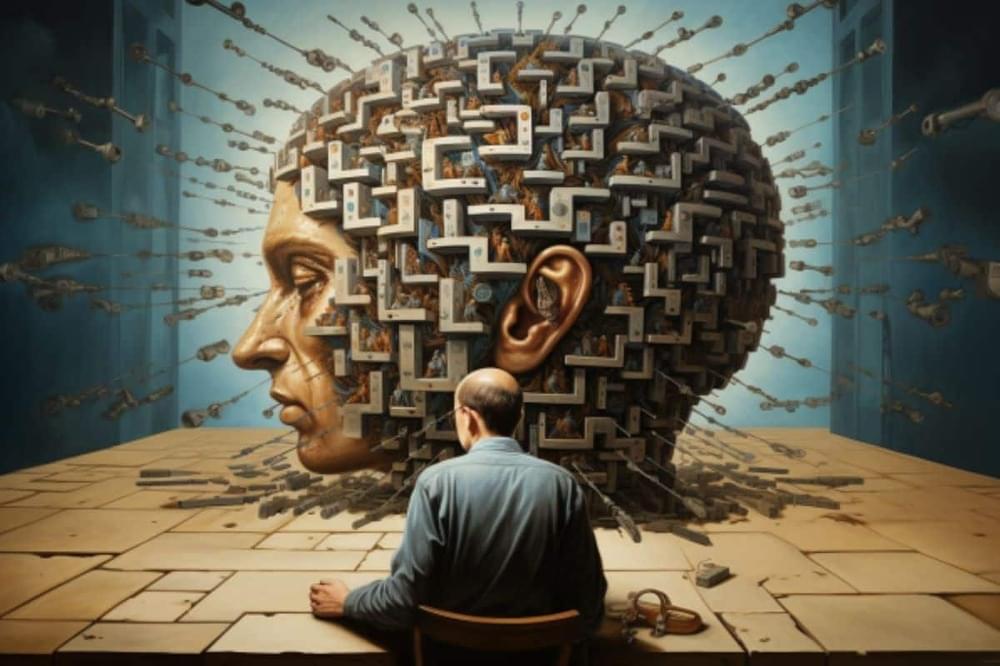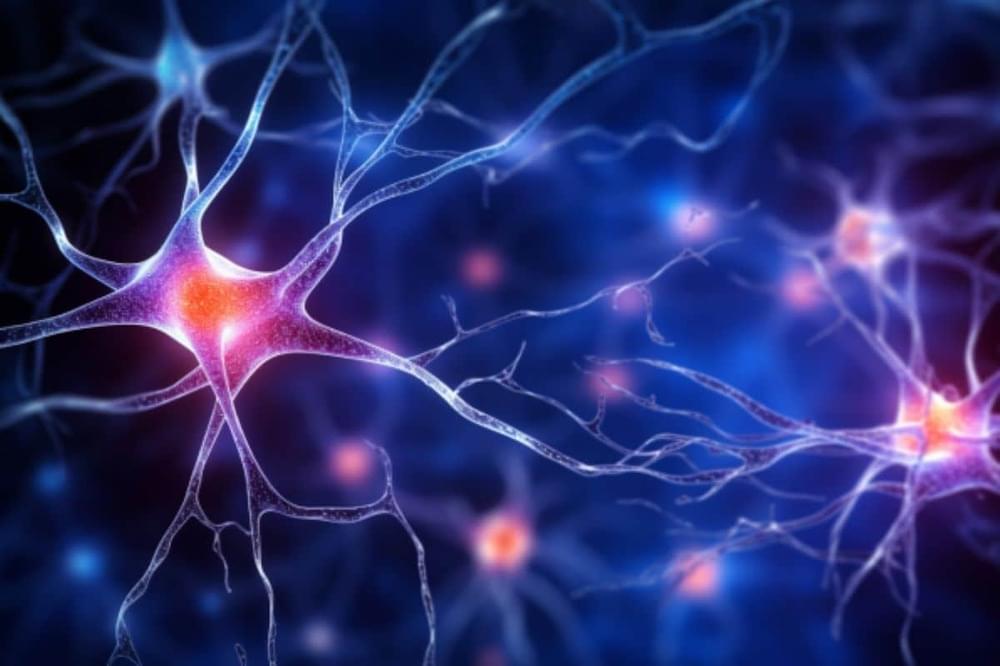Sep 9, 2023
Alzheimer’s: Exercise-induced hormone may help reduce plaque
Posted by Arthur Brown in categories: biotech/medical, health, neuroscience
He added the study may lead doctors to try finding medications to mimic the effect of exercise without actually requiring physical activity.
“While this research shows promising results, a lot more research would be needed to show how much of an impact it would make on people with Alzheimer’s and how much would be needed for a preventive effect,” Voci said. “But I would argue that this gives more evidence to the broad spectrum of what exercise can treat. Exercise is medicine.”

